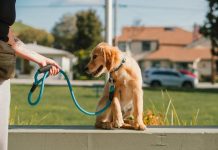Welcoming a new puppy into your home is a joyous occasion, filled with wagging tails, playful antics, and the promise of a loyal companion. However, along with the excitement comes the responsibility of guiding your furry friend through the early stages of life. As you embark on this journey, it’s essential to equip yourself with the right knowledge to ensure a smooth transition for both you and your puppy. This year, avoid common training pitfalls that can lead to frustration and setbacks. In this article, we’ll explore some of the most frequent puppy training mistakes and provide you with warm, practical advice to help your pup grow into a well-behaved and happy member of your family. Let’s set the foundation for a harmonious life together, free from unnecessary hiccups and filled with love and understanding.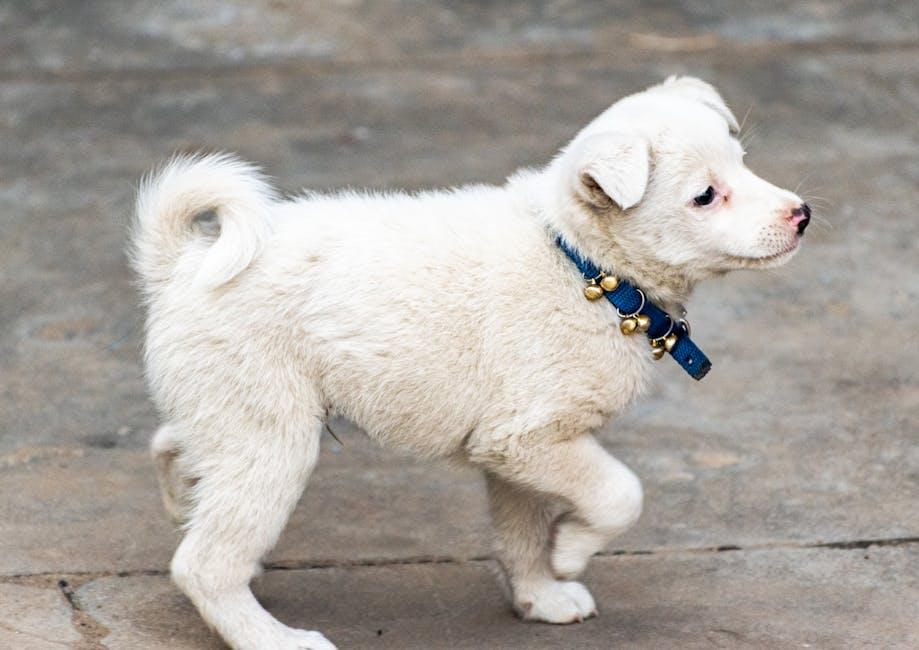
Understanding Your Puppys Unique Personality
Every puppy is a unique bundle of energy and quirks, each bringing their own charm to your home. Recognizing and embracing these differences is crucial to effective training. Begin by observing their natural behaviors: does your pup seem more inclined to chase and fetch, or are they content to sit and watch the world go by? Understanding these traits can help tailor your training approach to suit their individual needs, leading to a more harmonious and successful experience for both of you.
- Identify Motivators: Some puppies respond best to treats, while others may be more motivated by play or affection. Discover what excites your puppy to enhance training sessions.
- Adapt Training Techniques: A high-energy puppy may benefit from shorter, more frequent training sessions, while a calmer puppy might thrive with longer, focused sessions.
- Be Patient and Observant: Pay attention to how your puppy reacts to different situations and adjust your methods accordingly. Patience and flexibility are key.
By tuning into your puppy’s personality, you can avoid common training pitfalls and foster a strong, trusting relationship built on mutual understanding.
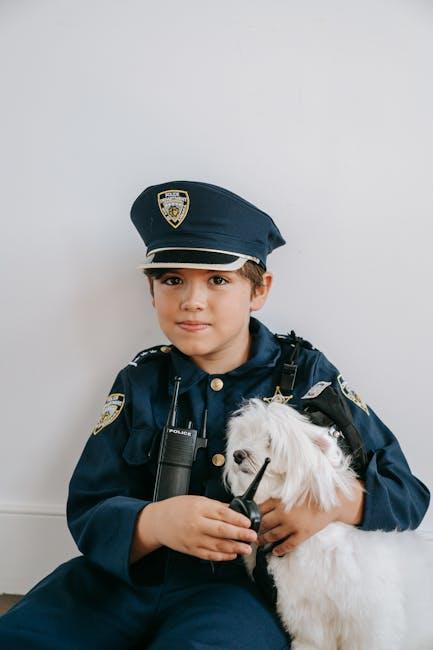
Consistent Communication is Key
When it comes to raising a well-behaved puppy, the importance of clear and consistent communication cannot be overstated. Dogs thrive on routine and predictability, so it’s crucial to ensure that everyone in the household is on the same page regarding commands and expectations. Mixed messages can lead to confusion, making it difficult for your furry friend to learn effectively. Here are some key points to consider:
- Uniform Commands: Stick to the same words or phrases for commands across all family members. For instance, decide whether “come” or “here” is used for recall and ensure everyone uses it consistently.
- Consistent Tone: The tone of your voice should reflect the nature of the command. Use a firm tone for commands like “sit” or “stay” and a cheerful tone for encouragement.
- Regular Schedules: Establish and maintain regular feeding, walking, and play schedules. This helps your puppy know what to expect and reinforces training.
By maintaining a consistent approach, you’re setting the foundation for a well-adjusted and obedient companion. Remember, patience and repetition are your allies in this journey!
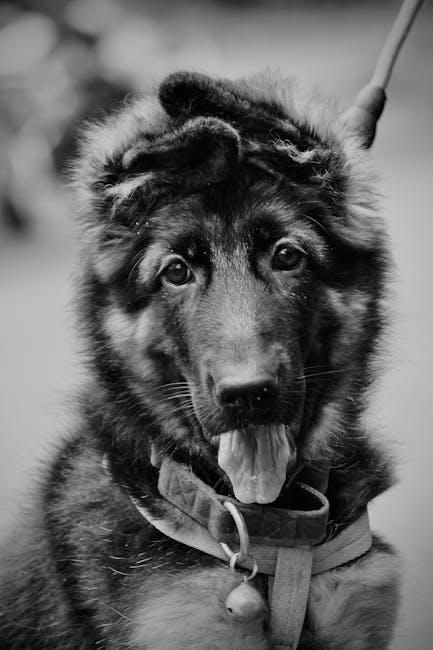
Avoiding Overwhelm with Gradual Training Steps
Training a puppy can feel like juggling a million tasks at once, but breaking it down into manageable steps can make the journey enjoyable for both you and your furry friend. Start small by focusing on one command or behavior at a time. This not only prevents overwhelming your puppy but also allows you to celebrate each little success. Remember, patience is key. Gradually increasing the complexity of tasks helps build a strong foundation for more advanced training later on.
- Focus on consistency: Use the same command words and gestures to avoid confusing your pup.
- Short, frequent sessions: Keep training sessions brief but regular, as puppies have short attention spans.
- Positive reinforcement: Reward good behavior with treats, praise, or playtime.
- Be patient: Every puppy learns at their own pace, so give them time to absorb new skills.
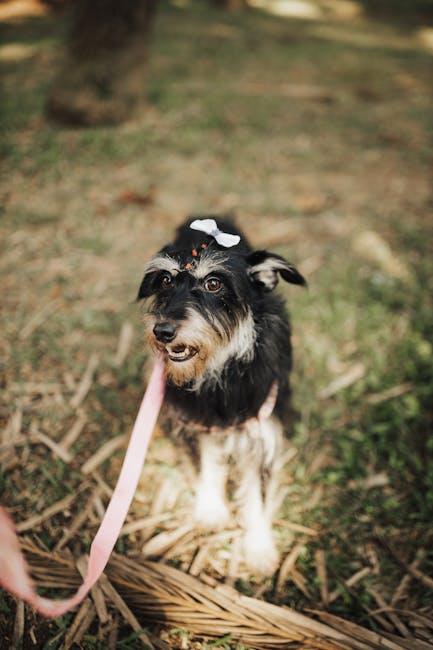
Building a Trusting Relationship Through Positive Reinforcement
Developing a deep bond with your puppy is crucial, and using positive reinforcement can be a powerful tool in achieving this. By focusing on rewarding good behavior rather than punishing mistakes, you create an environment where your puppy feels safe and understood. This approach encourages your furry friend to repeat desired behaviors, knowing they will be met with affection or treats. Here are some tips to ensure you’re using positive reinforcement effectively:
- Consistency is key: Always reward the behavior you want to see more of, and do it promptly. Your puppy needs to connect the reward with their action.
- Choose the right rewards: Not all puppies respond to the same incentives. Experiment with treats, toys, or verbal praise to see what motivates your pup the most.
- Keep sessions short: Puppies have short attention spans, so keep training sessions brief and fun to maintain their interest.
- Be patient: Building trust takes time. Celebrate small victories and remain patient as your puppy learns.
By embracing these techniques, you’ll not only teach your puppy essential skills but also nurture a trusting and loving relationship that will last a lifetime.





